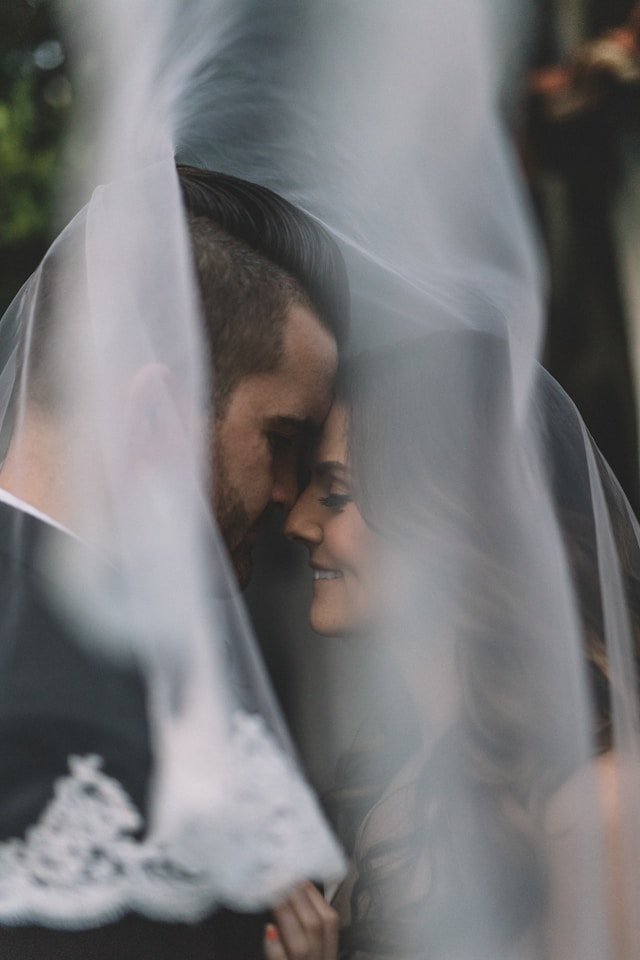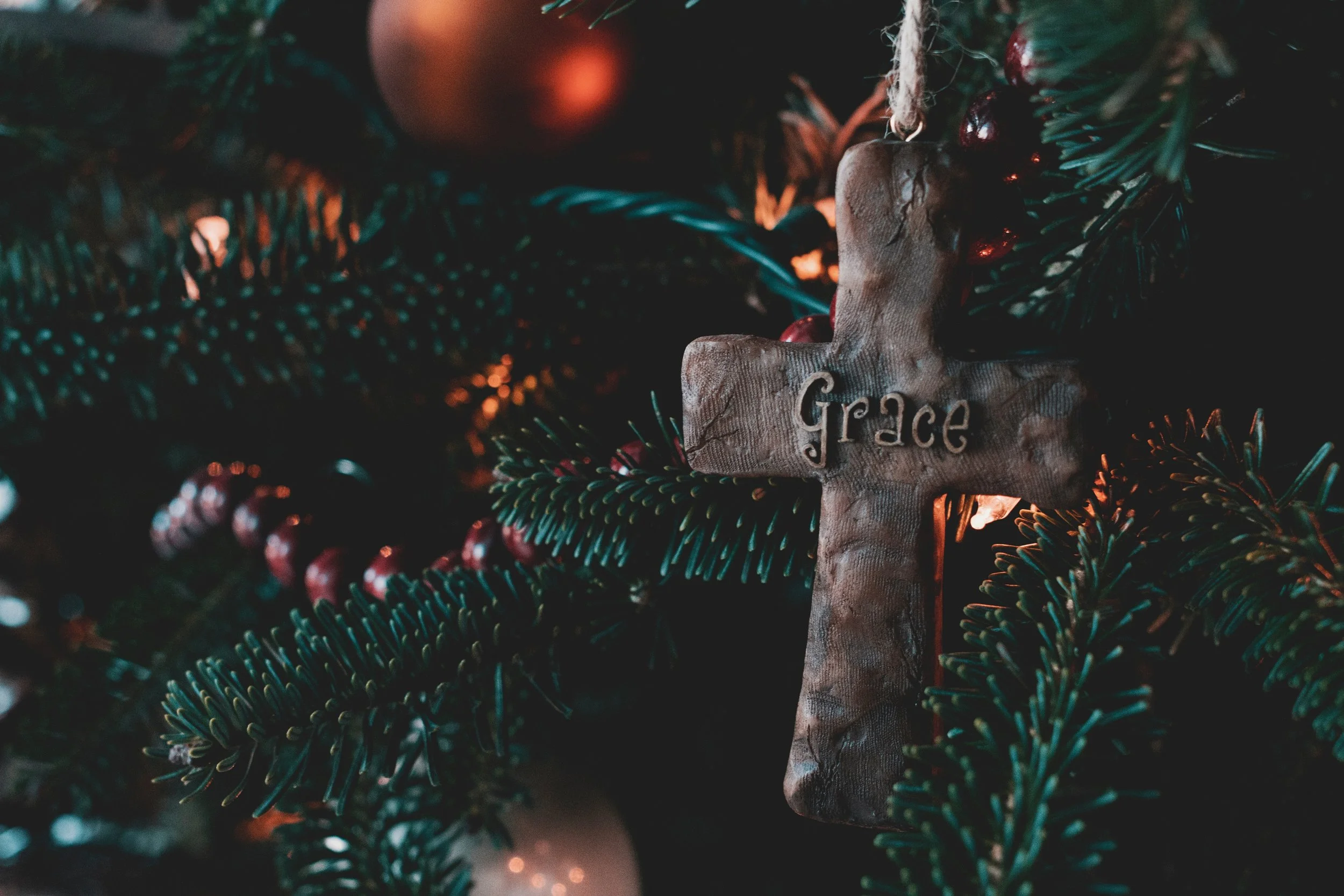The Magi are an iconic part of the Christmas story. Unbelievably, a group of philosopher-astronomers from the East (probably Persia) had knowledge that only a handful in all of Israel had: a Savior-King has been born in Bethlehem. Following the prophecies, they made their trek to Bethlehem to meet this Savior-King. When they arrived, “they saw the child with Mary his mother, and they fell down and worshiped him.”[ii]
And they do not come empty handed. They come bearing three gifts: gold, frankincense, and myrrh. Each of these gifts has meaningful symbolism befitting the child-King. Items of great value, they proclaimed that Jesus was the King who would restore Israel.[iii]
Those gifts, according to many, were the impetus for the tradition of gift giving at Christmas time.[iv] The tradition began with humble origins and remained that way for a long time. Two popular books show just how much gift giving has changed in just this past century. If you pick up O’Henry’s The Gift of the Magi (1905) you find a husband buying his wife one present, a set of combs, and the woman buying her husband one present, a chain for his pocket watch. Or turn over to Laura Ingalls Wilder’s The Little House on the Prairie (1935) and you find that the kids’ haul on Christmas consisted of tin cups, peppermint candy, small cakes, and a penny.
Fast forward a hundred years to today and I chuckle to think of how my children would respond if the zenith of their Christmas presents was a shiny new cup.














